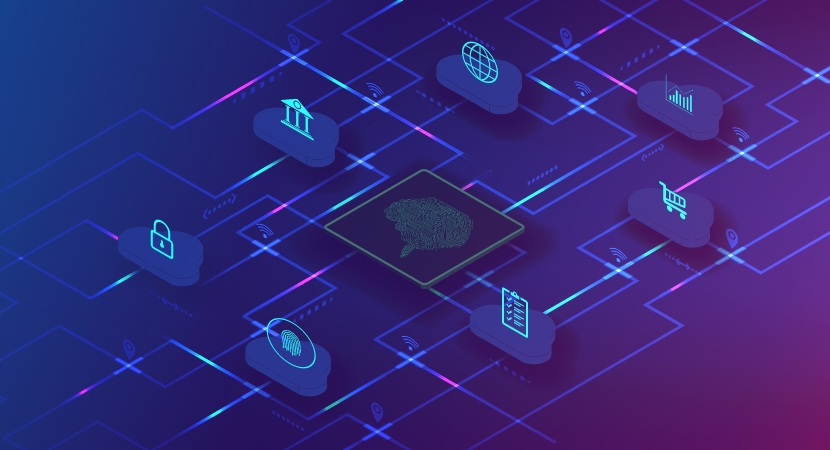
Among the assets counted by airlines, data is becoming bigger and more important than ever. While airplanes themselves do the physical heavy lifting, data drives better marketing, sales, and customer experience from flight shopping to flying to loyalty engagement.
Getting value from that data is the tricky part.
As airlines amass more and more data, it becomes exponentially more complicated, and therefore riskier to use it. Sending a huge data file to a partner requires massive amounts of computing power. Plus, the data needs to be encrypted to remain secure. Then, for sharing data to work, two datasets need to be compared—either to be transparently merged or to deliver anonymous insights.
Each company needs to protect its data while still getting the most out of it. Working with partners requires a neutral solution that allows each data owner to apply its own rules at the same time. That’s where data clean rooms come in. Clean rooms are designed so data owners can share data for collaboration and analysis with partners while maintaining control and compliance with legal requirements.
Facing the data challenge
An airline flying thousands, or even millions, of passengers every day has enormous amounts of data. Data clean rooms address many challenges that help each airline use its data more effectively:
- Resolving disparate data sources: Each airline collects data in different ways, in a variety of formats, with different rules attached. Personally identifiable data from a transaction might be saved in a secure database, while anonymous website behavioral data might be saved in a completely different environment without the same level of security. A clean room can preserve those different rules and levels of anonymity while resolving the datasets to allow each airline to create a clearer picture of purchase behavior and different audience segments.
- Increasing speed to market: Creating a data management solution that can scale and manage security requirements is a major undertaking and a major expense. Readily available clean rooms can be added directly to an airline’s current data technology stack to integrate with data sources quickly and securely.
- Build for data collaboration: A neutral third-party clean room solution allows each airline partner to share and analyze their own collective datasets much more easily than an individual airline building their own infrastructure for data sharing. Working together using a neutral solution that is already scaled at a global level makes fast and effective data partnerships possible.
Creating incremental value with airline custom offers
An airline can use data in a shared clean room environment to deliver more. For example, today’s dynamic pricing mechanisms are built in silos. An airline using dynamic pricing relies on limited insights that are disconnected from the rest of the market. In order to understand the offers currently in the marketplace, each airline needs to be able to merge this aggregated and anonymized data with their own real-time, custom, on-demand offers data to create an augmented, enriched, holistic dataset for internal processes, offer structures, and AI/ML algorithms.
By combining anonymized airline offers, market fare data, and shopper behavior data, an airline can craft truly custom offers. Not only can it include ancillaries and other elements in its offers to maximize value to the customer and improve margin, but it can also do so quickly and at scale. Data needs to be analyzed to determine the right offer in a split second, but data science using AI requires immense computing power—another reason why working with AWS Clean Rooms or another provider like Snowflake is so valuable.
A clean room can aggregate fare data, shopping data, and pricing data with channel and system data, which enables each airline to also produce different offers through different channels and systems much more effectively.
Finding the right solution
Using clean rooms for data collaborations gives airline partners access to comprehensive, aggregated, and anonymized data across the industry. This can drive better and more relevant offers over time, and help an airline stay current. Rather than building individual “islands” to support dynamic pricing, a shared data clean room approach creates a tidal wave of custom offers for each airline that will be the next generation in fares.
Are data clean rooms the only option for airlines to increase speed, collaboration, and value? No, but they are a secure tool that partner airlines can access now that provide the easiest path to insights and analysis. Each airline can spend less time paving IT paths and more time driving business benefits.


